Grow A Bountiful Harvest In Your Outdoor Garden Boxes
Title: Grow a Bountiful Harvest in Your Outdoor Garden Boxes
Introduction:
Do you dream of growing your own food, but don't have the space for a traditional garden? If so, you're not alone. Many people are finding that outdoor garden boxes are a great way to get started in gardening, even if they have limited space.
Garden boxes are a self-contained growing space that can be placed anywhere, making them ideal for patios, decks, balconies, and even small yards. They're also a great way to control the growing environment, which can help you to grow a bountiful harvest even in less-than-ideal conditions.
In this blog post, I'll share some tips on how to grow a bountiful harvest in your outdoor garden boxes. I'll cover everything from choosing the right location and soil to planting and harvesting your crops.
Main Content:
Choosing the Right Location
The first step to growing a bountiful harvest in your outdoor garden boxes is to choose the right location. You'll want to find a spot that gets at least six hours of sunlight per day. If you live in a hot climate, you may want to choose a location that gets some afternoon shade.
You'll also need to make sure that the soil in your chosen location is well-drained. If the soil is too heavy, it will retain too much water and your plants will be susceptible to root rot.
Preparing the Soil
Once you've chosen a location, you'll need to prepare the soil. If the soil is poor, you'll need to add compost or other organic matter to improve drainage and fertility. You may also need to amend the soil with lime if it's too acidic.
Planting
Once the soil is prepared, you're ready to start planting. When choosing your crops, keep in mind the amount of sunlight your location gets. If you only get a few hours of sunlight per day, you'll want to choose shade-tolerant crops like lettuce, spinach, and carrots.
If you get more sunlight, you'll have a wider variety of crops to choose from. Some popular sun-loving crops include tomatoes, peppers, cucumbers, and squash.
Watering and Fertilizing
Your garden boxes will need to be watered regularly, especially during hot, dry weather. You'll also need to fertilize your plants every few weeks to keep them healthy and productive.
Harvesting
Once your plants start to produce, you'll need to harvest them regularly. This will encourage the plants to produce more fruit or vegetables.
Conclusion
Growing a bountiful harvest in your outdoor garden boxes is a rewarding experience. By following these tips, you can enjoy fresh, homegrown food all season long.
visiting Garden Wiki for more information about outdoor garden boxes.
FAQ of outdoor garden boxes
- What are the benefits of using outdoor garden boxes?
There are many benefits to using outdoor garden boxes, including:
* Improved drainage: Garden boxes are raised above the ground, which helps to improve drainage and prevent waterlogging. This is especially important for plants that are sensitive to wet feet, such as tomatoes and peppers.
* Reduced soil compaction: Garden boxes are filled with fresh, loose soil, which is less likely to become compacted than the soil in your yard. This makes it easier for roots to grow and spread, which can lead to healthier plants.
* Easier weed control: Garden boxes are easier to weed than traditional gardens, because the soil is not as compacted and there is less surface area to cover.
* Increased yields: Garden boxes can produce higher yields than traditional gardens, because the soil is warmer and more fertile.
* Easier access: Garden boxes are typically lower to the ground than traditional gardens, which makes them easier to access for people of all ages and abilities.
- What materials are best for outdoor garden boxes?
The best materials for outdoor garden boxes depend on your budget, the climate in your area, and your personal preferences. Some popular options include:
* Wood: Wood is a natural and attractive material that is relatively easy to work with. However, it can be susceptible to decay and pests.
* Plastic: Plastic is a durable and low-maintenance material that is resistant to decay and pests. However, it can be more expensive than wood.
* Concrete: Concrete is a very durable material that is resistant to decay, pests, and the elements. However, it can be difficult to work with and can be heavy.
- How deep should an outdoor garden box be?
The depth of an outdoor garden box depends on the type of plants you want to grow. In general, a depth of 8-12 inches is sufficient for most vegetables. However, some plants, such as potatoes and carrots, require deeper soil.
- How do I build an outdoor garden box?
Building an outdoor garden box is a relatively easy project that can be completed in a few hours. Here are the basic steps:
1. Choose the materials you want to use.
2. Measure and cut the materials to size.
3. Assemble the box according to the instructions.
4. Fill the box with soil.
5. Plant your seeds or seedlings.
- How do I maintain an outdoor garden box?
Maintaining an outdoor garden box is relatively simple. Here are some tips:
* Water your plants regularly.
* Weed the garden box regularly.
* Mulch the garden box to help retain moisture and suppress weeds.
* Harvest your crops when they are ripe.
Image of outdoor garden boxes
- A wooden garden box with a lattice top. This type of garden box is a classic and versatile option. It can be painted or stained to match your décor, and the lattice top provides a bit of shade for your plants.
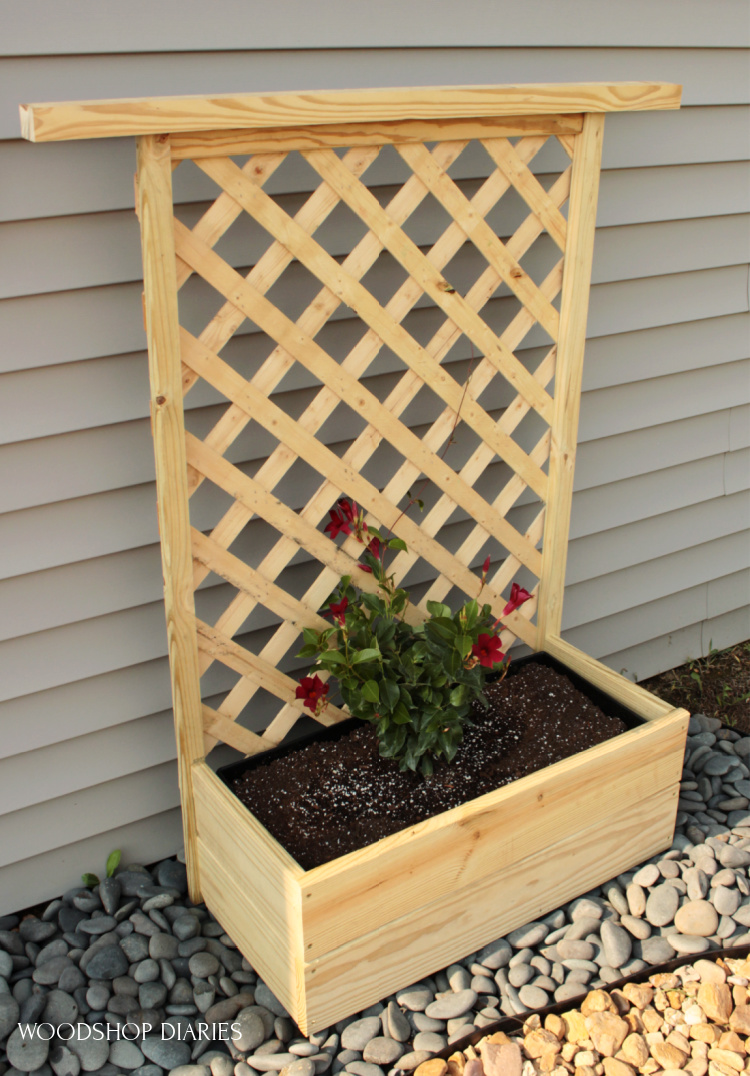
- A cedar garden box. Cedar is a naturally rot-resistant wood, so it's a good choice for outdoor use. Cedar also has a pleasant scent that can help deter pests.
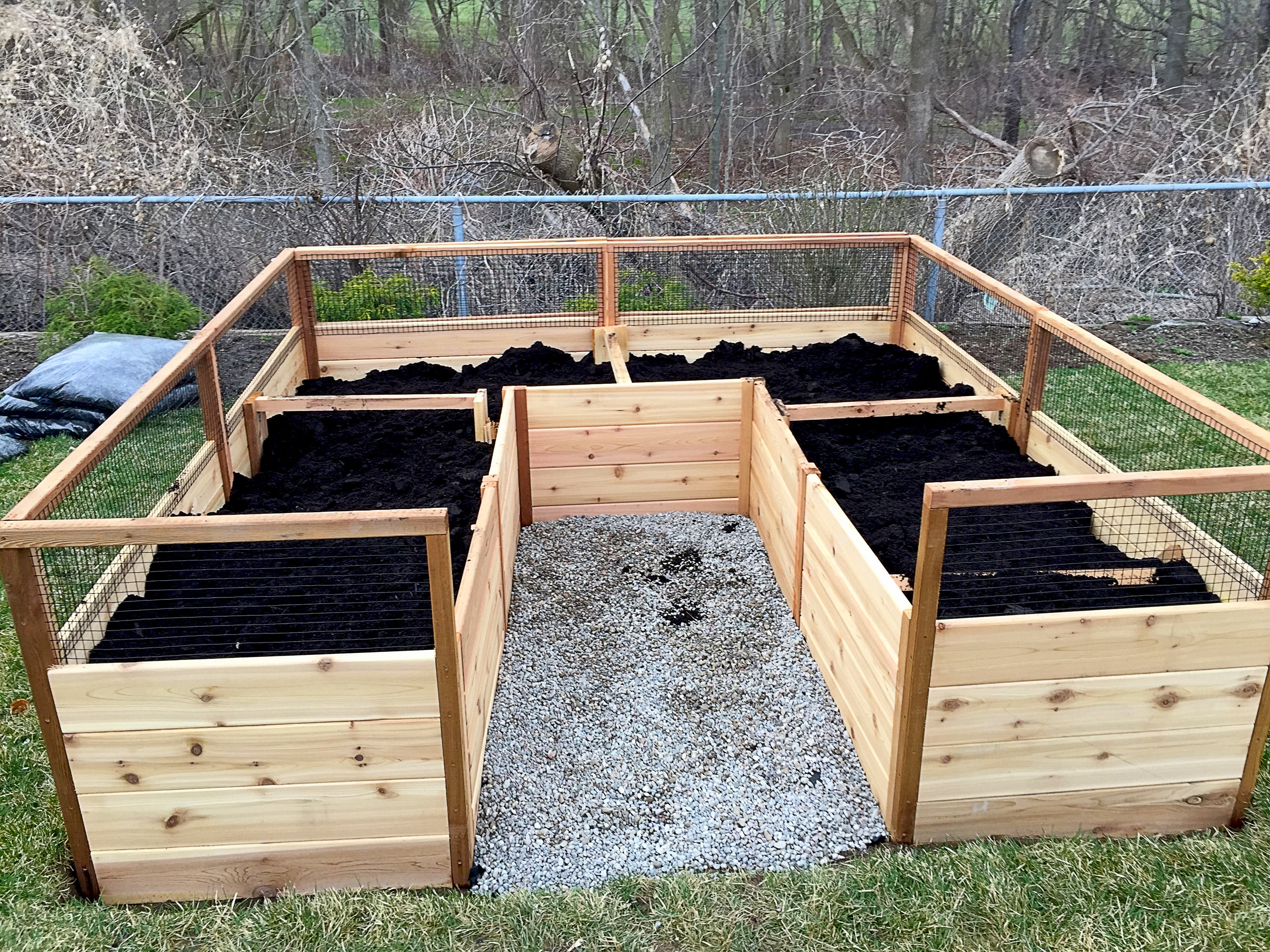
- A brick garden box. Brick garden boxes are durable and long-lasting. They can be made to match any style of home, and they can add a touch of elegance to your yard.

- A concrete garden box. Concrete garden boxes are also very durable. They're resistant to rot, pests, and weather damage. Concrete garden boxes can be made in any size or shape, and they can be painted or stained to match your décor.

- A metal garden box. Metal garden boxes are a good choice for areas with harsh winters. They're resistant to rust and corrosion, and they can withstand a lot of weight.
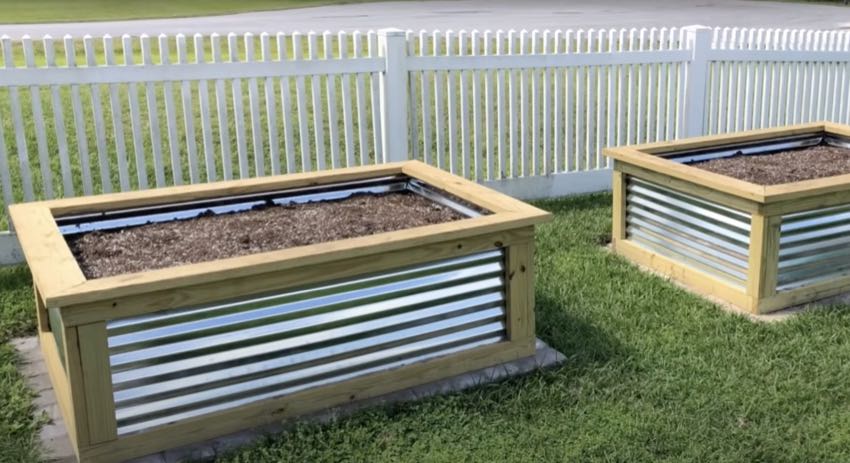
- A plastic garden box. Plastic garden boxes are lightweight and easy to move. They're also relatively inexpensive, making them a good option for budget-minded gardeners.
- A raised garden bed. Raised garden beds are a great way to improve drainage and aerate the soil. They're also easier to reach than traditional garden beds, making them a good choice for people with limited mobility.
- A vertical garden. Vertical gardens are a great way to save space in small yards. They're also a good option for people who want to grow plants that don't need a lot of soil, such as herbs and vegetables.
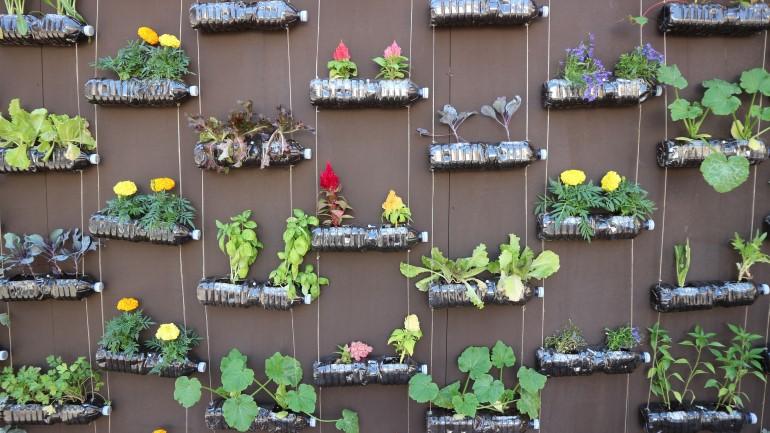
- A container garden. Container gardens are a great way to grow plants on patios, decks, and balconies. They're also a good option for people who don't have a lot of yard space.
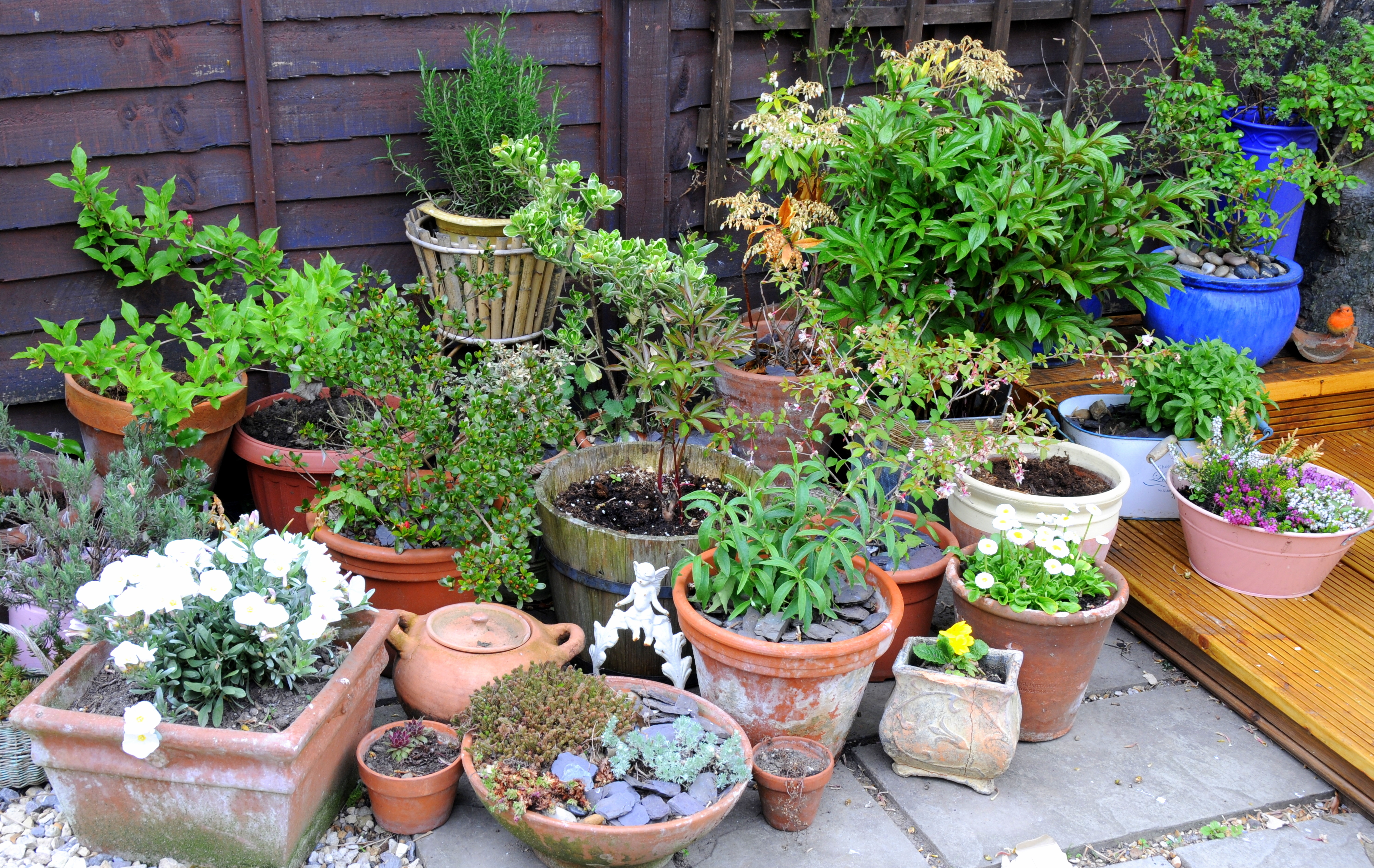
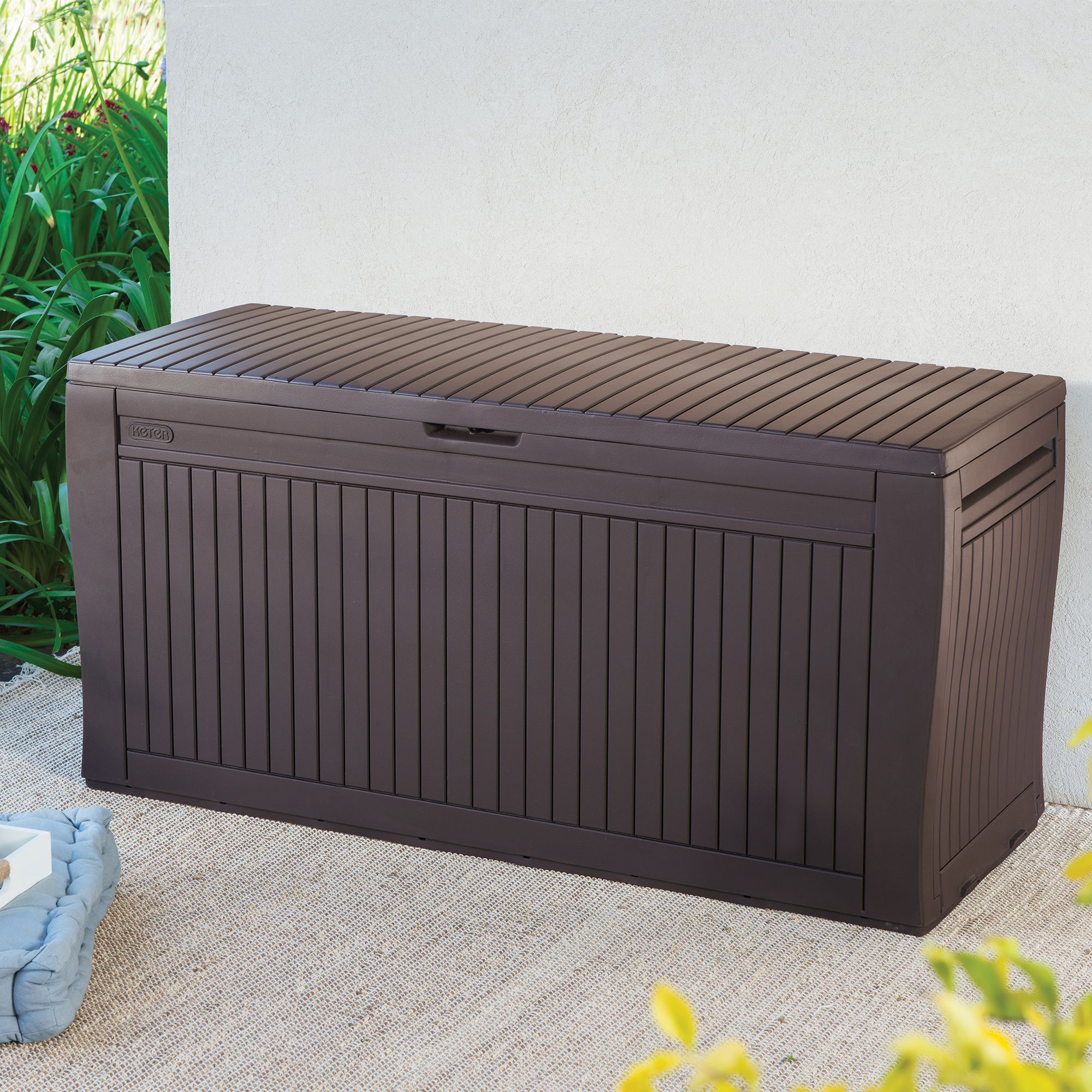

Post a Comment for "Grow A Bountiful Harvest In Your Outdoor Garden Boxes"